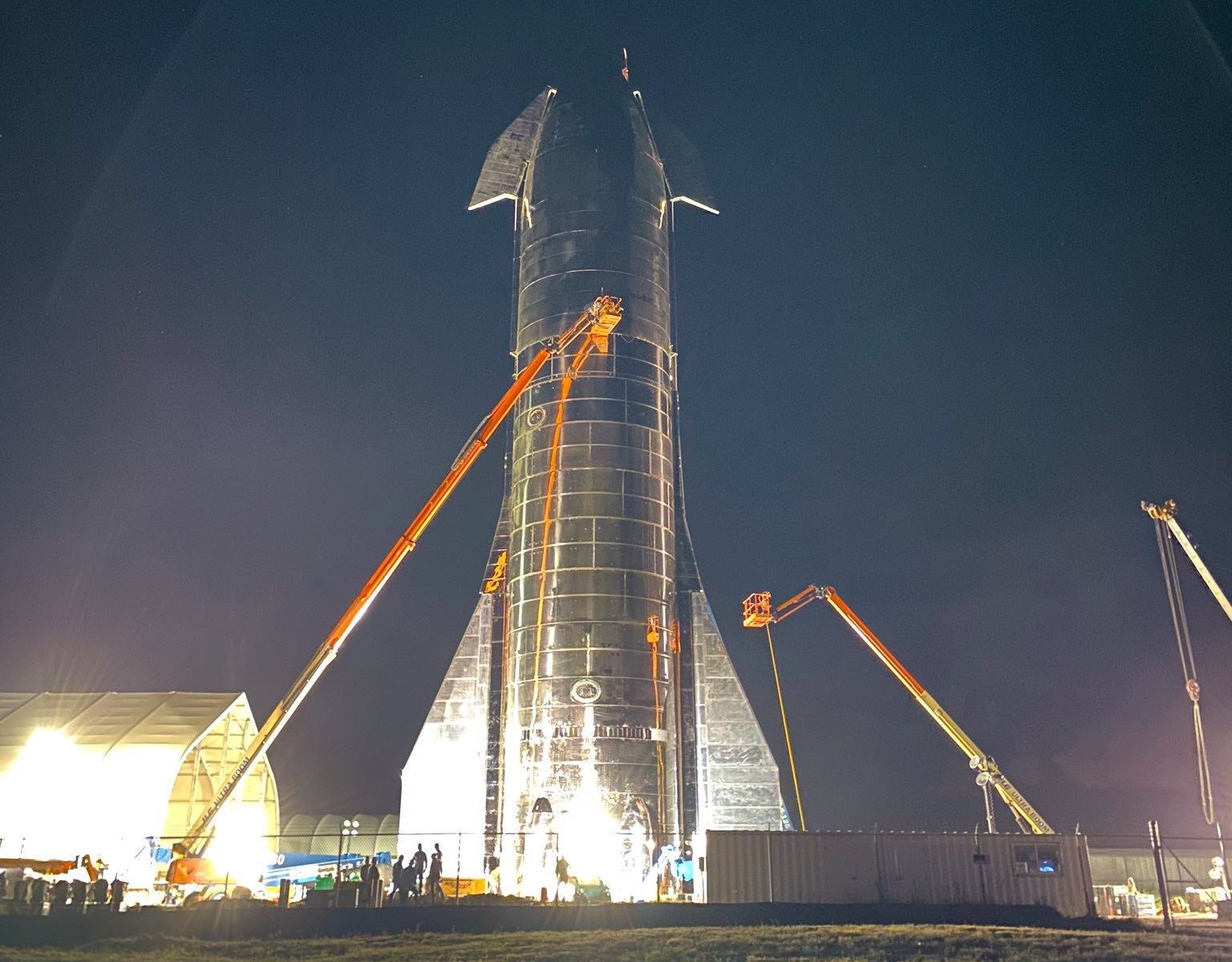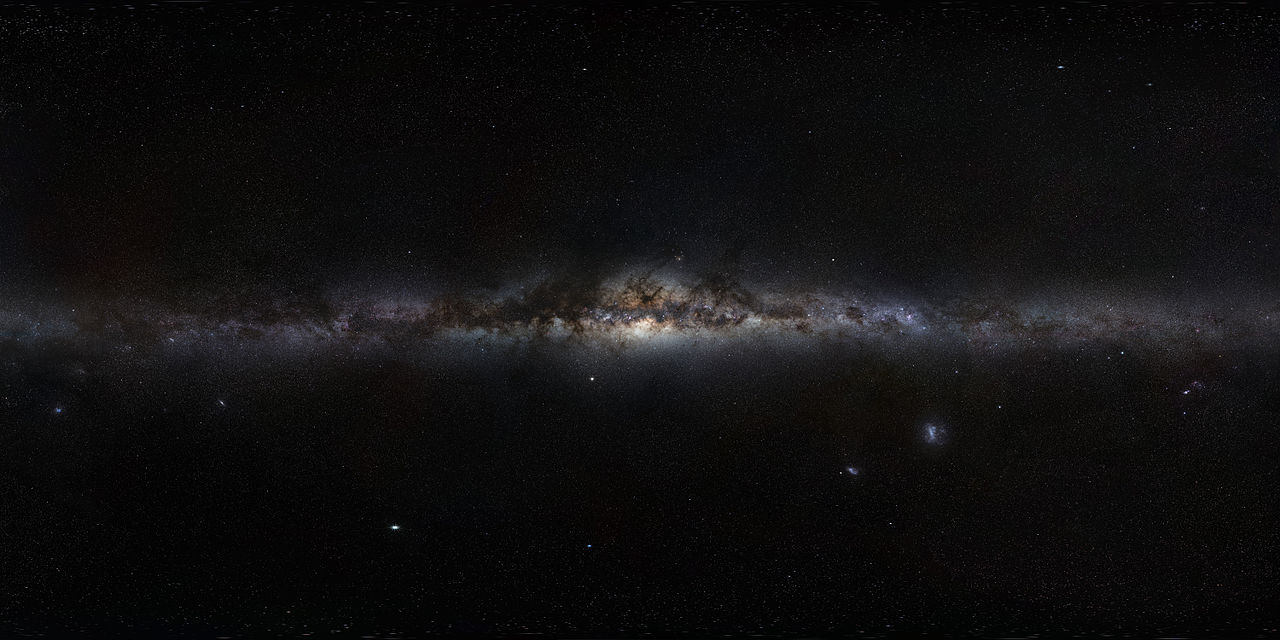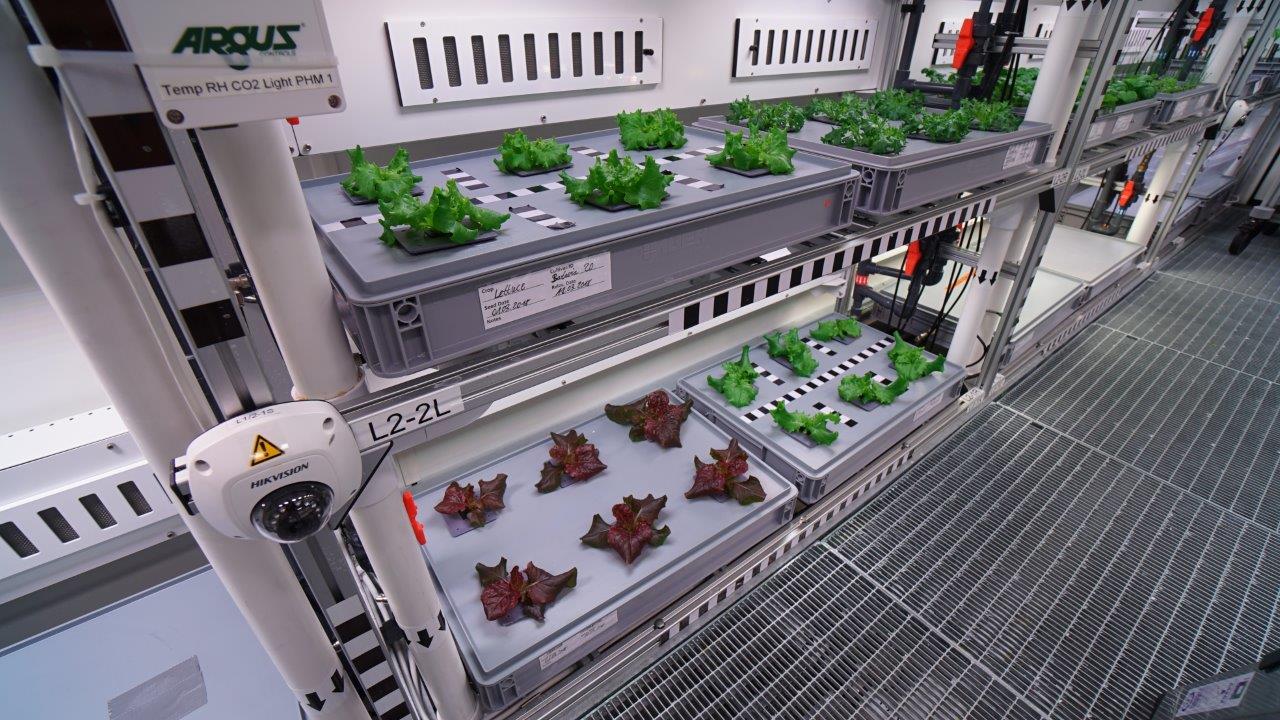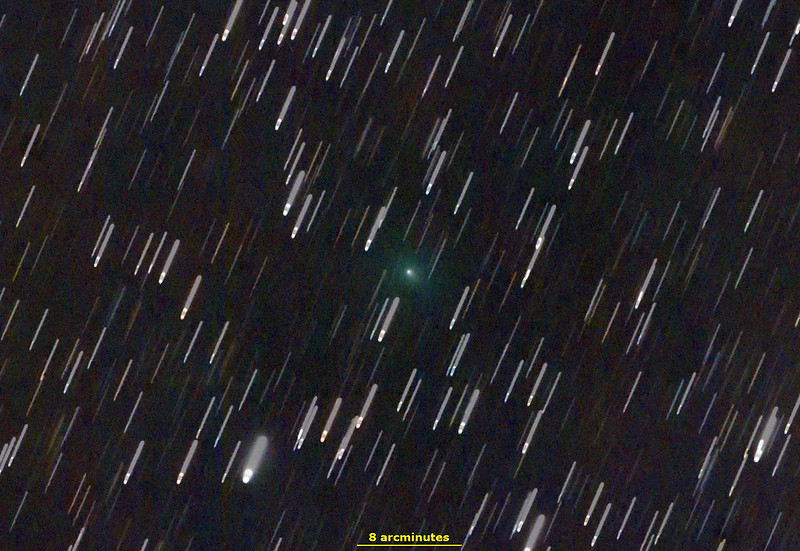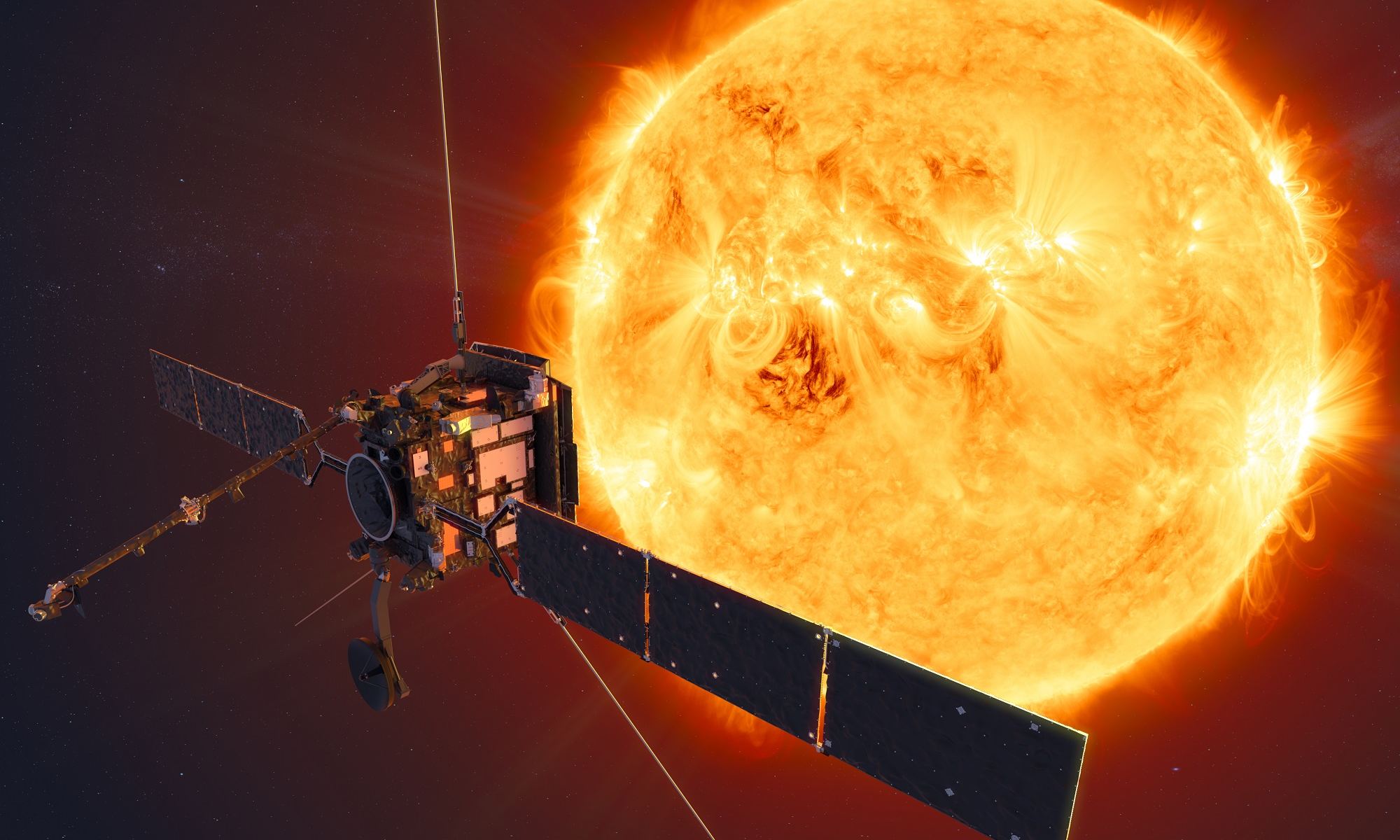SpaceX’s Starship has been hitting some bumps making its way from the drawing board to space. As the spacecraft element of the Elon Musk’s proposed super-heavy launch system, the Starship will one day become the workhorse of SpaceX, replacing the Falcon 9 and Falcon Heavy launchers. Unfortunately, another Starship prototype recently experienced a structural failure during pressure testing that caused it to explode.
Continue reading “Another Reminder that Spaceflight is Difficult. Starship Prototype Explodes and Falls Over”What is the Steady State Hypothesis?
When it comes to our cosmic origins, a number of theories have been advanced throughout the course of history. Literally every culture that’s ever existed has had its own mythological tradition, which naturally included a creation story. With the birth of the scientific tradition, scientists began to understand the Universe in terms of physical laws that could be tested and proven.
With the dawn of the Space Age, scientists began testing cosmological theories in terms of observable phenomena. From all of this, a number of theories emerged by the latter half of the 20th century that attempted to explain how all matter and the physical laws governing it came to be. Of these, the Big Bang Theory remains the most widely accepted while the Steady-State Hypothesis has historically been its greatest challenger.
Continue reading “What is the Steady State Hypothesis?”What is a Generation Ship?
The dream of traveling to another star and planting the seed of humanity on a distant planet… It is no exaggeration to say that it has captivated the imaginations of human beings for centuries. With the birth of modern astronomy and the Space Age, scientific proposals have even been made as to how it could be done. But of course, living in a relativistic Universe presents many challenges for which there are no simple solutions.
Of these challenges, one of the greatest has to do with the sheer amount of energy necessary to get humans to another star within their own lifetimes. Hence why some proponents of interstellar travel recommend sending spacecraft that are essentially miniaturized worlds that can accommodate travelers for centuries or longer. These “Generation Ships” (aka. worldships or Interstellar Arks) are spacecraft that are built for the truly long haul.
Continue reading “What is a Generation Ship?”Riding the Wave of a Supernova to Go Interstellar

When it comes to the challenges posed by interstellar travel, there are no easy answers. The distances are immense, the amount of energy needed to make the journey is tremendous, and the time scales involved are (no pun!) astronomical. But what if there was a way to travel between stars using ships that take advantage of natural phenomena to reach relativistic velocities (a fraction of the speed of light).
Already, scientists have identified situations where objects in our Universe are able to do this – including hypervelocity stars and meteors accelerated by supernovae explosions. Delving into this further, Harvard professors Manasvi Lingam and Abraham Loeb recently explored how interstellar spacecraft could harness the waves produced by a supernova explosion in the same way that sailing ships harness the wind.
Continue reading “Riding the Wave of a Supernova to Go Interstellar”Future Astronauts Could Enjoy Fresh Vegetables From an Autonomous Orbital Greenhouse
If humanity is going to become a spare-faring and interplanetary species, one of the most important things will be the ability of astronauts to see to their needs independently. Relying on regular shipments of supplies from Earth is not only inelegant; it’s also impractical and very expensive. For this reason, scientists are working to create technologies that would allow astronauts to provide for their own food, water, and breathable air.
To this end, a team of researchers from Tomsk Polytechnic University in central Russia – along with scientists from other universities and research institutes in the region – recently developed a prototype for an orbital greenhouse. Known as the Orbital Biological Automatic Module, this device allows plants to be grown and cultivated in space and could be heading to the International Space Station (ISS) in the coming years.
Continue reading “Future Astronauts Could Enjoy Fresh Vegetables From an Autonomous Orbital Greenhouse”Detecting Exoplanets Through Their Exoauroras
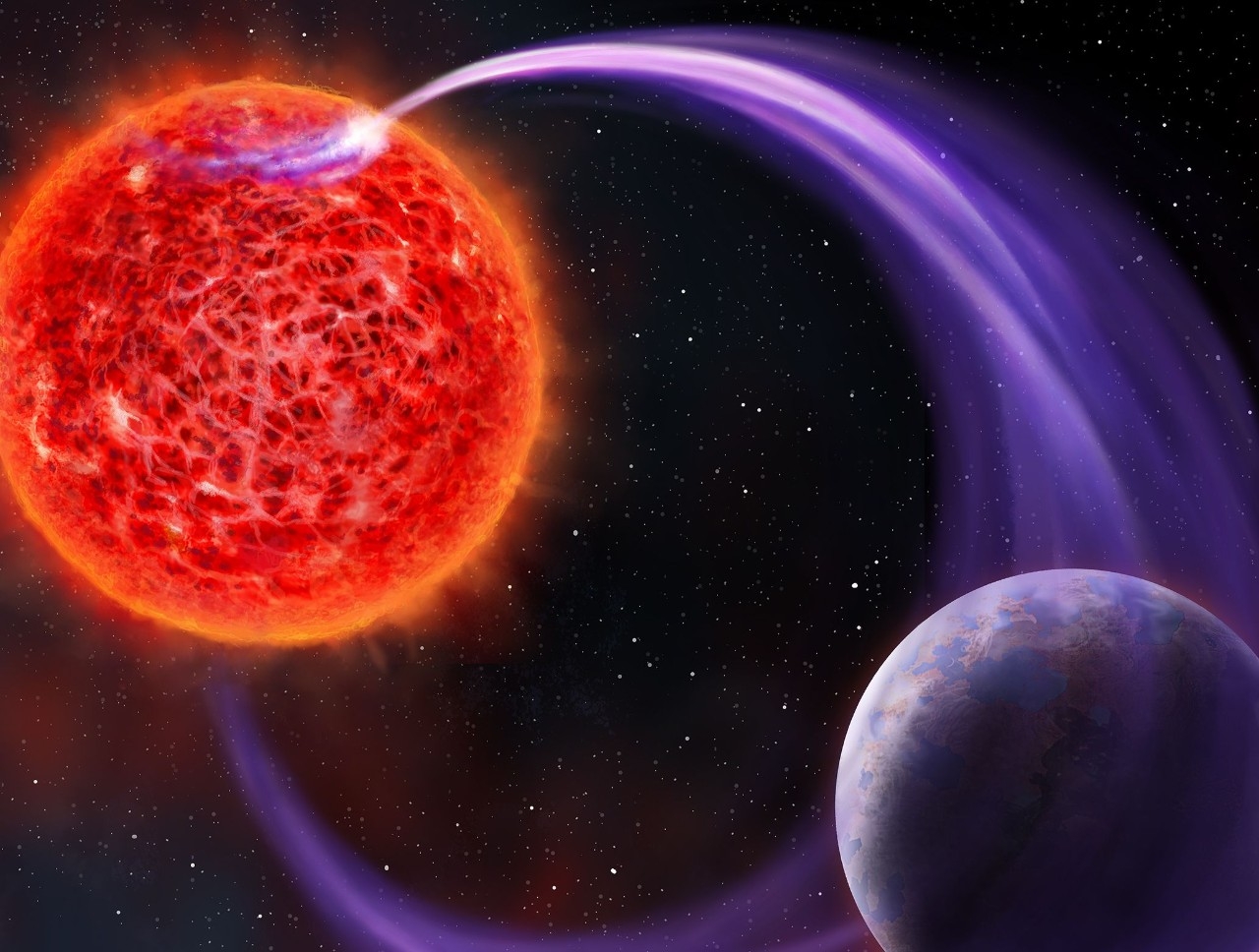
At present, scientists can only look for planets beyond our Solar System using indirect means. Depending on the method, this will involve looking for signs of transits in front of a star (Transit Photometry), measuring a star for signs of wobble (Doppler Spectroscopy), looking for light reflected from a planet’s atmosphere (Direct Imaging), and a slew of other methods.
Based on certain parameters, astronomers are then able to determine whether a planet is potentially-habitable or not. However, a team of astronomers from the Netherlands recently released a study in which they describe a novel approach for exoplanet-hunting: looking for signs of aurorae. As these are the result of interaction between a planet’s magnetic field and a star, this method could be a shortcut to finding life!
Continue reading “Detecting Exoplanets Through Their Exoauroras”Comet Y4 Atlas in Outburst: First Good Comet for 2020?
Good news: Though we’ve been going through a cometary dry spell as of late, we may have our first good naked eye comet for 2020: Comet C/2019 Y4 ATLAS.
Continue reading “Comet Y4 Atlas in Outburst: First Good Comet for 2020?”A New Kind of Rocket that’s Lightweight and Easier to Construct: a Rotating Detonating Engine. Unfortunately, it’s Also Completely Unpredictable
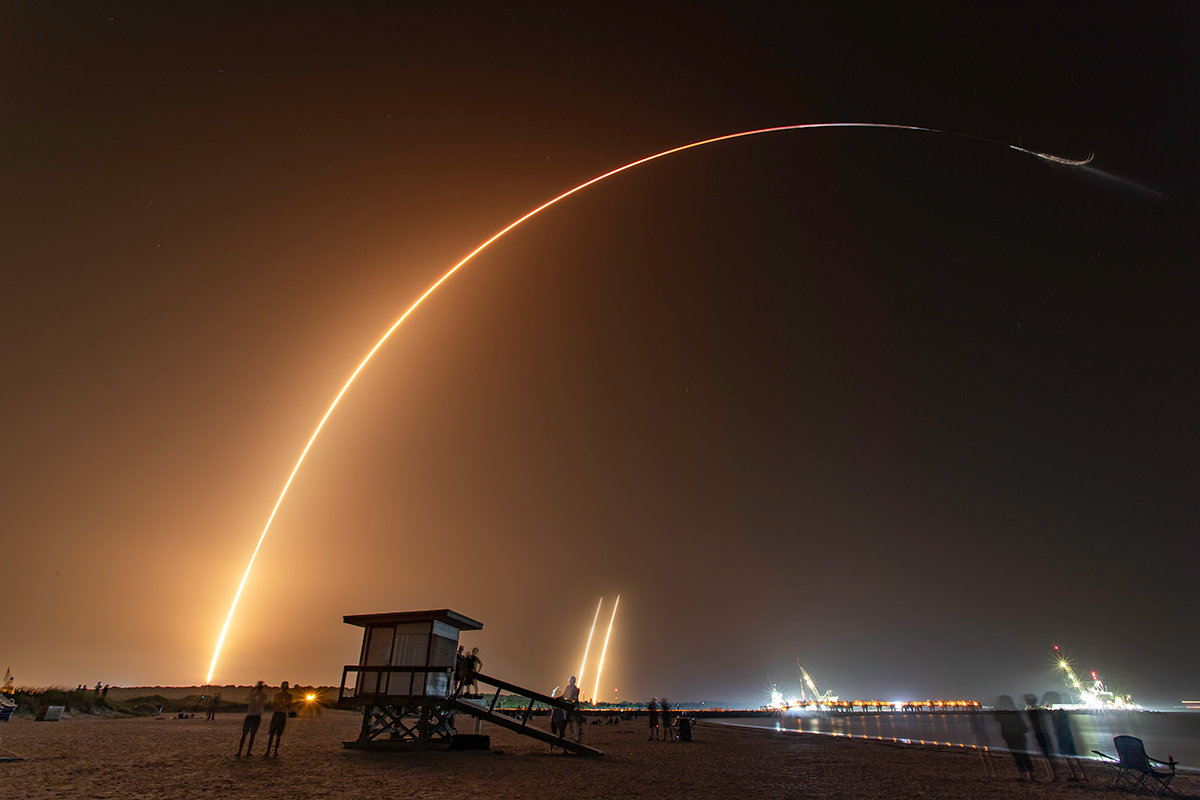
In the current era of space exploration, the name of the game is “cost-effective.” By reducing the costs associated with individual launches, space agencies and private aerospace companies (aka. NewSpace) are ensuring that access to space is greater. And when it comes to the cost of launches, the single-greatest expense is that of propellant. To put it simply, breaking free to Earth’s gravity takes a lot of rocket fuel!
To address this, researchers at the University of Washington recently developed a mathematical model that describes the workings of a new launch mechanism: the rotating detonation engine (RDE). This lightweight design offers greater fuel-efficiency and is less complicated to construct. However, it comes with the rather large trade-off of being too unpredictable to be put into service right now.
Continue reading “A New Kind of Rocket that’s Lightweight and Easier to Construct: a Rotating Detonating Engine. Unfortunately, it’s Also Completely Unpredictable”Who was Aristotle?
Philosopher, polymath, educator, synthesist, founder. These are just some of the words used to describe Aristotle, the 4th century BCE Greek luminary who (along with Plato) is known as the “father of Western philosophy.” With subjects ranging from physics, biology, and astronomy to logic, ethics, politics, and metaphysics, there is scarcely any field of study or subject that he did not have a significant and lasting impact on.
In fact, within the realm of astronomy and physics, Artistotle would be one of the leading authorities whose work would be considered canon for over two thousand years after his death. From Classical Antiquity to the Roman Empire to the Middle Ages and the Rennaissance, Aristotle would be considered the authoritative source on countless subjects.
Continue reading “Who was Aristotle?”Solar Orbiter is Already Starting to Observe the Sun
On February 10th, 2020, the ESA’s Solar Orbiter (SolO) launched and began making its way towards our Sun. This mission will spend the next seven years investigating the Sun’s uncharted polar regions to learn more about how the Sun works. This information is expected to reveal things that will help astronomers better predict changes in solar activity and “space weather”.
Last week (on Thursday, Feb. 13th), after a challenging post-launch period, the first solar measurements obtained by the SolO mission reached its international science teams back on Earth. This receipt of this data confirmed that the orbiter’s instrument boom deployed successfully shortly after launch and that its magnetometer (a crucial instrument for this mission) is in fine working order.
Continue reading “Solar Orbiter is Already Starting to Observe the Sun”
